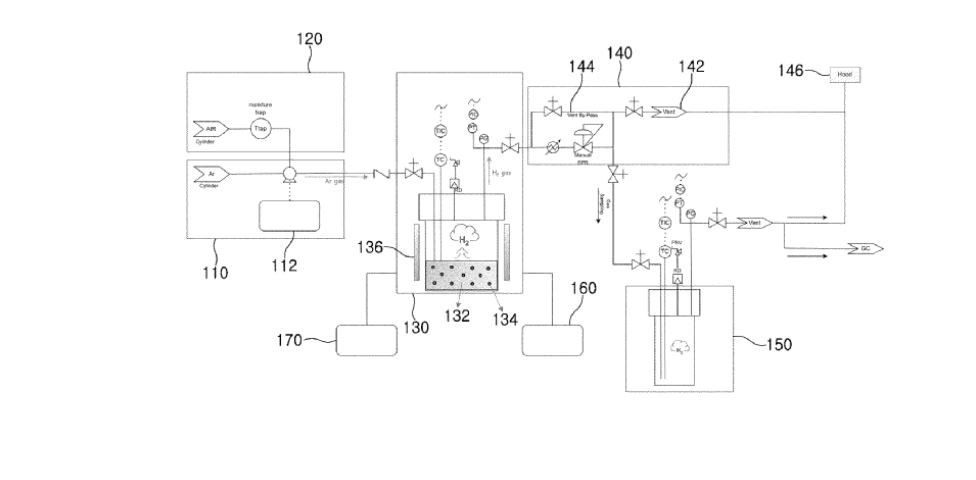Hydrogen is increasingly viewed as a sustainable energy source for the future. Efficiently extracting hydrogen from natural reservoirs could be revolutionary.
Recently, a patent filed by Pukyong National University Industry-University Cooperation Foundation has introduced a novel system designed to evaluate geological hydrogen productivity. This innovative solution could reshape how scientists approach hydrogen extraction from rock formations.
Components of the System
The patent outlines several key components of this evaluation system. Each component is crucial in ensuring accurate and efficient hydrogen productivity assessment.
Gas Injection Device
At the core of the system is the gas injection device. This device is configured to inject a reactive gas into the system. The choice and management of this gas are essential to kickstarting the reactions necessary for hydrogen extraction.
Water Vapor Collecting Device
During the gas injection process, water vapor is generated. The patent specifies a water vapor collecting device designed to collect this vapor. Managing the water vapor is important to maintaining the system’s stability and accuracy.
Main Reacting Device
The main reacting device is where the magic happens. Loaded with a solvent and rock sample, this device is the primary locale for reactions between these elements when exposed to the reactive gas. The efficiency and effectiveness of hydrogen production are largely dependent on the operations within this device.
Discharging Device
Once the reaction occurs, it generates various reactants—the discharging device channels these reactants out of the main reacting device. Proper discharge ensures that subsequent reactions are unaffected by previous runs.
Collecting Device
Finally, the collecting device gathers the gas from the reactants produced in the main reacting device. It captures the hydrogen generated during the rock sample reaction, which can then be measured and analyzed for productivity assessments.
The geological hydrogen productivity evaluation system proposed by Pukyong National University provides a comprehensive solution to evaluate and optimize hydrogen extraction from geological formations. This patented system introduces a promising method for tapping into hydrogen as a clean energy source by employing a well-integrated series of devices. While its broader impact remains to be seen, this innovation is a significant step forward in the quest for sustainable energy solutions.





